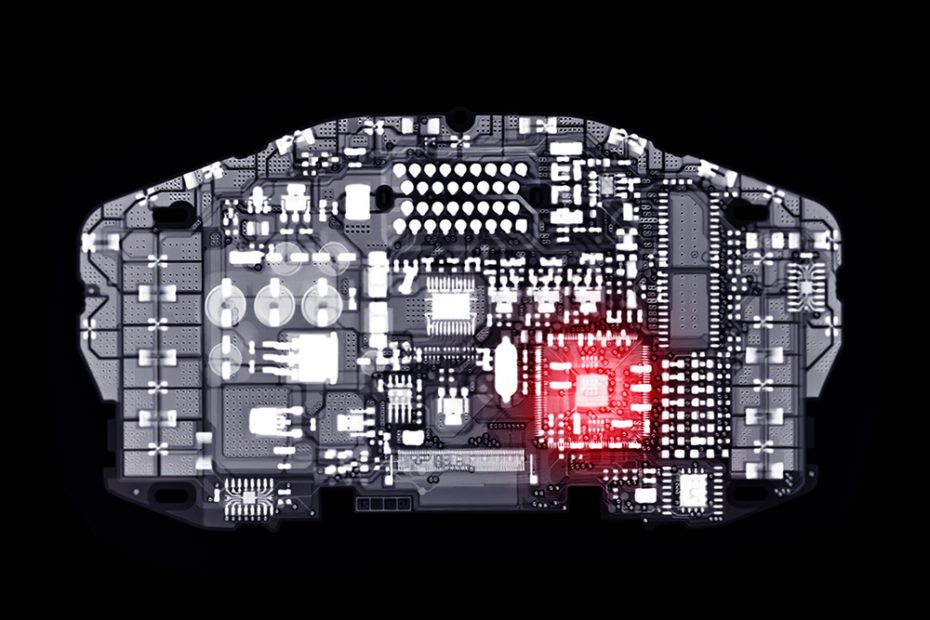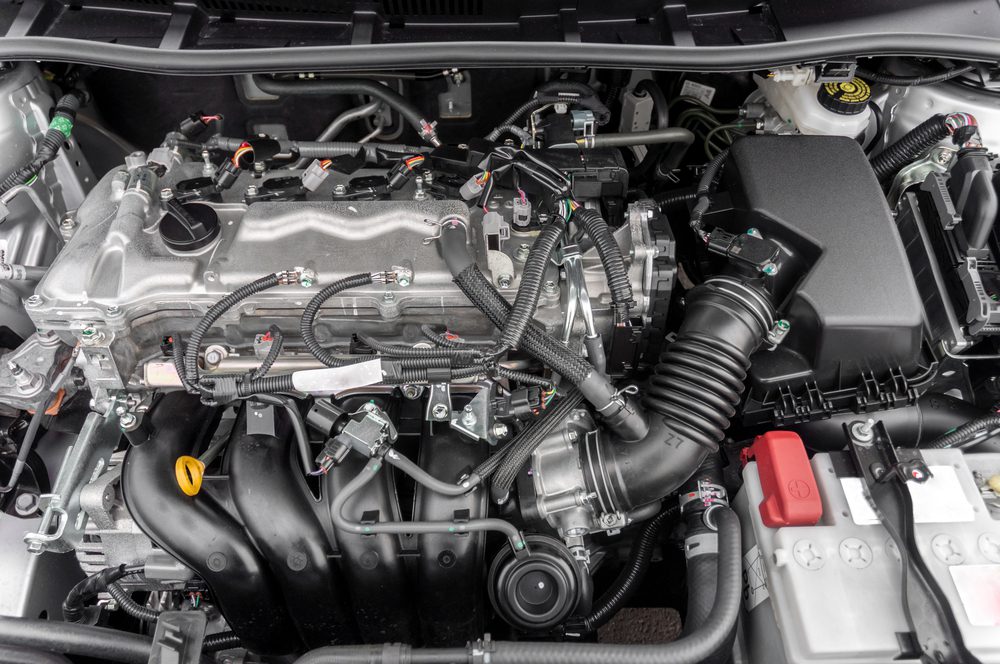Is ECU Easy to Replace?
In the world of automotive repair, one question that often arises is whether the ECU (Engine Control Unit) is easy to replace. The ECU, also known as the engine control module, plays a crucial role in the functioning of a vehicle by controlling various aspects of the engine’s performance.
What is the ECU and Why is it Important?
The Engine Control Unit is a vital component of modern vehicles, as it regulates and monitors various systems to ensure optimal performance. From controlling fuel injection and ignition timing to managing emissions and transmission shifting, the ECU plays a critical role in the overall functioning of the engine.
“The ECU acts as the brain of the vehicle, analyzing data from sensors and making adjustments to optimize engine performance.”
Factors Affecting ECU Replacement Difficulty
The ease of replacing an ECU can depend on several factors, including the make and model of the vehicle, as well as the location of the ECU within the vehicle’s engine bay. In some cases, accessing the ECU may require removing other components, such as air intake systems or engine covers, which can add complexity to the process.
Vehicle-Specific Considerations
When it comes to replacing the ECU, different vehicle manufacturers may have varying levels of accessibility. Some manufacturers may design their vehicles with easier access to the ECU, allowing for a relatively straightforward replacement process. On the other hand, certain vehicles may require more extensive disassembly or specialized tools to reach the ECU.
Technical Knowledge and Expertise
The complexity of replacing an ECU also depends on the technical skills and experience of the individual performing the replacement. While some DIY enthusiasts may feel comfortable tackling the task, it is generally recommended to seek the assistance of a trained professional or an authorized service center. This ensures proper installation and minimizes the risk of damaging any other components during the replacement process.
ECU Replacement Cost
The cost of replacing an ECU can vary widely depending on the vehicle make and model, as well as the source of the replacement unit. In some cases, the ECU may need to be programmed or flashed with the vehicle’s specific software, which adds to the overall cost. It is advisable to consult with a reputable mechanic or dealership to get an accurate estimate of the replacement cost.
How long does it take to fit a new ECU on a car?
Introduction
Replacing an Electronic Control Unit (ECU) in a car is a task that requires technical expertise and precision. The ECU, also known as the car’s “brain,” plays a vital role in controlling various systems and functions. If your car’s ECU needs to be replaced, you may be wondering how long the process will take.
The Process of Fitting a New ECU
Fitting a new ECU typically involves several steps and can vary depending on the make and model of the car. Here is a general outline of the process:
- Diagnosis: Before replacing the ECU, the technician will need to diagnose the problem and determine if a replacement is necessary.
- Identification: Once it’s determined that the ECU needs to be replaced, the technician will identify the correct replacement unit for your car.
- Preparation: Prior to installation, the technician may need to program the new ECU to match your car’s specific settings. This step ensures compatibility and proper functioning.
- Installation: The actual installation of the new ECU involves removing the old unit and carefully connecting the new one. This process requires attention to detail and following manufacturer guidelines.
- Testing: After fitting the new ECU, the technician will conduct tests to ensure that all systems are functioning correctly.
Time Required
The time it takes to fit a new ECU can vary depending on various factors, including the complexity of the car’s systems and the proficiency of the technician. On average, the process can take anywhere from a couple of hours to a full day. However, in some cases, it may take longer if there are complications or additional repairs needed.
Conclusion
Replacing an ECU is not a quick task and requires skilled professionals. It involves several steps such as diagnosis, identification, preparation, installation, and testing. The time required can vary depending on the specific circumstances. It is important to consult with a reputable mechanic or automotive technician who can provide a more accurate estimate based on your car’s make and model. Remember, ensuring the proper functioning of your car’s ECU is crucial for its overall performance and safety.
“Proper installation of a new ECU is essential for optimal performance and safety.”



